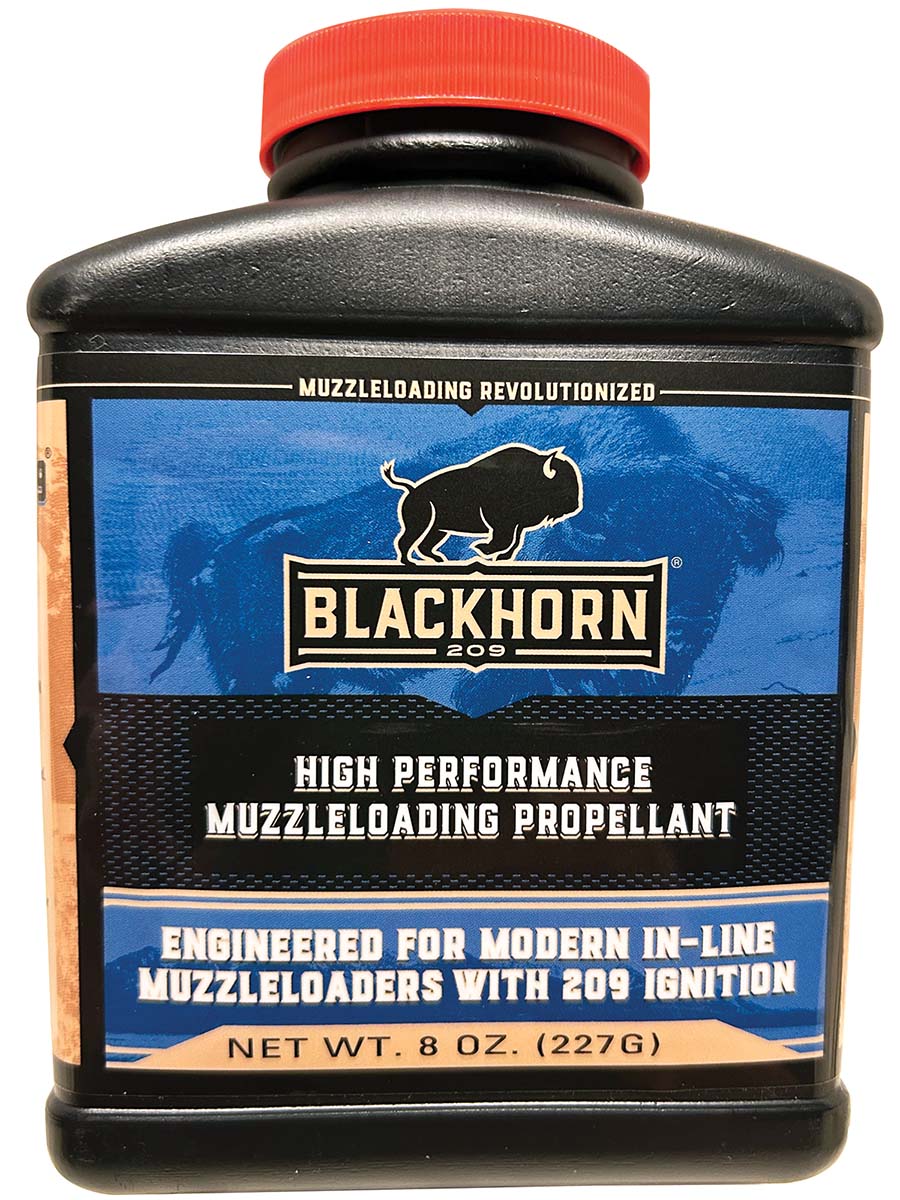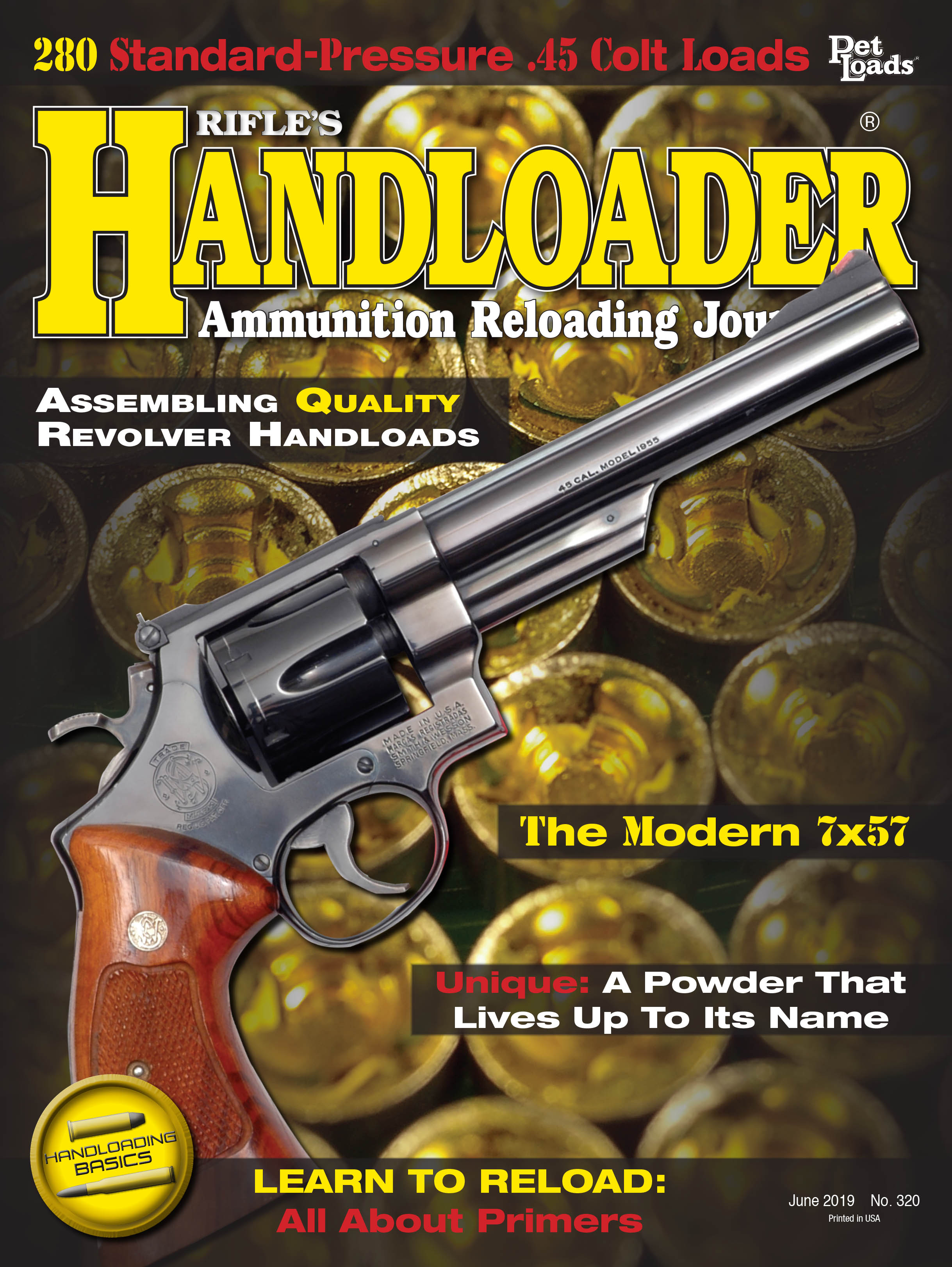Propellant Profiles
Evolution of Propellants and Internal Ballistics (Part Two: Smokeless Powder)
column By: Rob Behr |


The evolution of smokeless propellants is the story of three energetic compounds: nitrocellulose, nitroglycerine and nitroguanidine. The discovery of these three compounds, like many modern inventions, is not directly attributable to just one person. Instead, the science that drove these ideas is shared between many notable scientists and industrialists, each building on the successes and failures of the people who preceded them. Some, like Alfred Nobel, creator of the Nobel Peace Prize, found riches and notoriety. Others led quiet academic lives. Some died in explosions. Such is the nature of energetics.
Nitrocellulose
Nitrocellulose, also called gun-cotton, is the basic energetic component of all propellants intended for use in sporting firearms. Its discovery in 1846 by the Swiss-German chemist Christian Friedrich Schönbein was the direct result of a husband refusing to abide by his wife’s wishes.
Despite promising that he would not perform experiments at home, Schonbein spilled a mixture of concentrated nitric acid and sulfuric acid on his kitchen table. In a hurry to clean up the mess, he used his wife’s cotton apron to mop up the acids and then hung it by the stove to dry. Once dry, the apron spontaneously burst into flame and was rapidly consumed. Schonbein had invented gun cotton and presumably owed his wife an apology along with a new apron.
How it Works:
Shonbein’s original method involved soaking cotton for two minutes in a mixture of nitric and sulfuric acids. The cotton was then washed repeatedly to remove any remaining acid and then dried at a temperature below 104 degrees Fahrenheit.
Cotton is just one example of cellulose, a naturally occurring polymer consisting of repeating molecules of carbon, hydrogen and oxygen. The specific chemical formula is C6H7O2(OH)3. The three hydroxides (OH)3 covalently bonded to the carbon atom is the reason that simple cellulose can be converted into an energetic compound much more powerful than black powder.
Through the process of nitration, the acids break the bond between the hydrogen molecule and the oxygen molecule and replace it with nitrogen. After nitration, the new chemical formula for the molecule is C6H7(NO3)3O5. The nitro groups (NO3) provide the oxygen necessary for rapid burning even in an airless environment. It is this rapid burn, properly referred to as deflagration in ballistics, combined with the nearly complete transformation of the nitro-cellulose molecule into propellant gases, that makes nitrocellulose a nearly perfect propellant.
Early Significant Successes
In 1884, a French chemist named Paul Vieille started an arms race among world powers when he created a single-base small arms propellant he called Poudre B (Powder B). This propellant, which was made by dissolving nitrocellulose in ethanol and water, was rolled into paper-thin sheets and then cut into small flakes. Poudre B (the B stood for “blanche” referring to its whitish color and to further differentiate it from black powder) was the first truly successful small arms smokeless powder. It was quickly adapted for use in the Mle 1886 Lebel rifle and, for a time, France had the most advanced military rifle in the world. It wouldn’t take long for the rest of the world’s powers to catch up.
Nitroglycerin
Nitroglycerin was synthesized by an Italian chemist named Ascanio Sobero in 1846. Struck by the power and volatility of his creation, he kept it a secret for more than a year. Once his creation became known, he strongly advocated against its use as an explosive.
Alfred Nobel shared none of Sobero’s compunctions. They had been classmates in Paris, and Nobel became interested in finding a way to harness Sobero’s creation. Dedicating himself to the study of explosives, he invented dynamite in 1867, which utilized the power of nitroglycerin in a safer and easier-to-handle form. He went on to patent Ballistite, one of the first successful double-based propellants, in 1887.
How it Works:
Nitroglycerin is a high-brisance explosive with a detonation velocity about 113 percent faster than TNT (Trinitrotoluene). Its chemical composition, 4C3H5N3O9, when detonated, yields 12CO2+10H2O+6N2O2.
Early Significant Successes
In Great Britain, the Explosives Committee was charged with monitoring foreign advances in energetic materials. Two committee members, James Dewar and Frederick Abel, were granted access to Nobel’s work on Ballistite by Nobel himself. After close study, the Explosives Committee refused to recommend the adoption of either Poudre B or Ballistite. Instead, Dewar, Abel and a third member of the committee, W. Kellner developed a double-base propellant they called cord powder, a name that was eventually shortened to cordite. The British propellant was similar enough to Nobel’s patented creation that he sued for patent violation.
Cordite is a very unusual-looking powder in comparison to modern smokeless propellants. It looks like sticks of dry spaghetti bundled together. Chemically, Cordite MD (the modified formula brought into service after Britain’s experiences in the Boer War) is composed of 65 percent guncotton, 30 percent nitroglycerin, 5 percent petroleum jelly and .08 percent acetone. This formulation would later become a workhorse for England and its Lee-Enfield rifles in World War I.
Nitroguanidine
The Quechua-speaking indigenous peoples of the central Andes had known for millennia that the use of animal dung, especially that of seabirds and bats, enhances the yield of agricultural lands. Their word for this material is guano, which gives nitroguanidine its name. This third energetic material is more common in larger weapons like cannons and mortars, but is sometimes used in small arms propellants.
How it Works:
Nitroguanidine, also known as picrite, is chemically represented as CH4N4O2. It was first isolated by Adolph Strecker in 1861, who used oxidative degradation to reduce guano imported from Peru. Since the 1930s, it has been used as a third energetic ingredient that contributes extra nitrogen to combustion and reduces flame temperatures.
Blackhorn 209, with its unique ballistic properties and low operational pressures, is the only commercially available propellant I am aware of that utilizes all three of these energetic materials.


